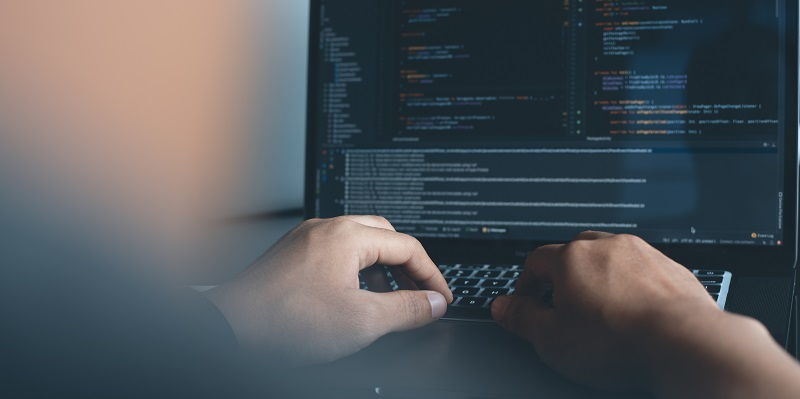With the rise of sophisticated cyber attacks, criminals have also evolved their tactics and Living-off-the-Land (LotL) has emerged as a favored technique among hackers. LotL involves leveraging legitimate tools already present in target environments, allowing attackers to blend in, avoid detection, and complicate attribution. Among the notable cyber criminal organizations employing this approach is LockBit, which has successfully utilized Remote Monitoring and Management (RMM) tools to carry out their malicious activities.
Blending in and evading detection
LockBit’s distinguishing feature is its adept utilization of Living-off-the-Land tactics, enabling them to go unnoticed. By leveraging legitimate Remote Monitoring and Management (RMM) tools, they can disguise their actions and make it challenging for organizations to identify and attribute the attacks. Accessing these RMM tools via the cloud further complicates attribution, making it difficult to trace the source of the malicious activities.
RMM tools utilized by LockBit
LockBit has employed various RMM tools to facilitate its malicious activities. AnyDesk, Atera, and ConnectWise RMM are among the tools identified in its operations. These tools provide a level of legitimacy to its activities, allowing it to operate undetected within target systems.
Examples of attacks
LockBit’s utilization of RMM tools has resulted in successful attacks on various organizations. In one case, a manufacturing company fell victim to LockBit affiliates who disrupted their operations. The attackers disabled critical Windows services and employed tools like PsExec to gain control over their target’s systems. They also attempted to establish persistence within the network using AnyDesk, further complicating the recovery process.
In another instance, LockBit deployed ConnectWise RMM to spread ransomware across a storage materials manufacturer’s network. Exploiting the legitimate functionality of the RMM tool, the attackers were able to quickly pivot and infect multiple systems, causing significant disruptions and financial losses.
Protecting against RMM tool hijacking and ransomware attacks
Given the growing threat of cybercriminals hijacking RMM tools to launch ransomware attacks on employees and customers, organizations must take proactive measures to safeguard their systems. Here are some recommended steps:
1. Implement two-factor authentication and use strong, unique passwords for RMM access. This helps minimize the risk of unauthorized access to these critical tools.
2. Enforce Access Control Lists (ACLs) for trusted IP addresses and promote the use of VPNs for roaming clients. This ensures that only authorized users can access RMM tools, reducing the potential for exploitation.
3. Ensure timely patching and updates for software applications and third-party tools. Many cyber attacks exploit vulnerabilities in outdated software. Regular updates help protect against these vulnerabilities.
4. Educate clients on cybersecurity best practices and collaborate with them to establish security policies. By educating employees and customers about potential threats, organizations can create a culture of cybersecurity awareness and preparedness.
LockBit’s utilization of Living-off-the-Land tactics, specifically through legitimate RMM tools, demonstrates the increasing sophistication of cybercriminals. Their ability to blend in, evade detection, and disrupt organizational operations highlights the need for organizations to remain vigilant and proactive in their security measures. By implementing the recommended safeguards and continuously educating their employees and customers, organizations can mitigate the risks associated with RMM tool hijacking and ransomware attacks. As the cybercrime landscape continues to evolve, organizations must adapt their defenses to stay ahead of these determined adversaries.


